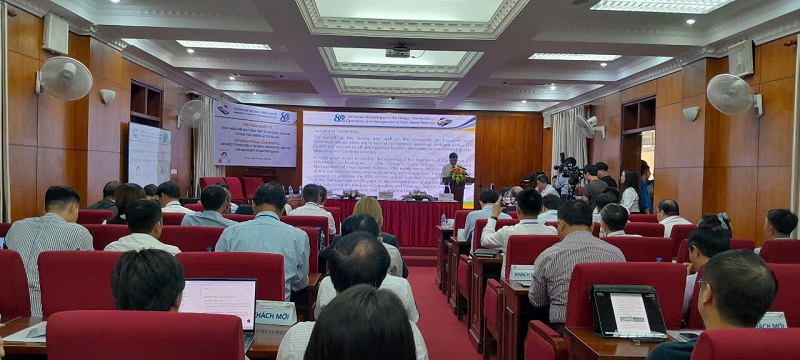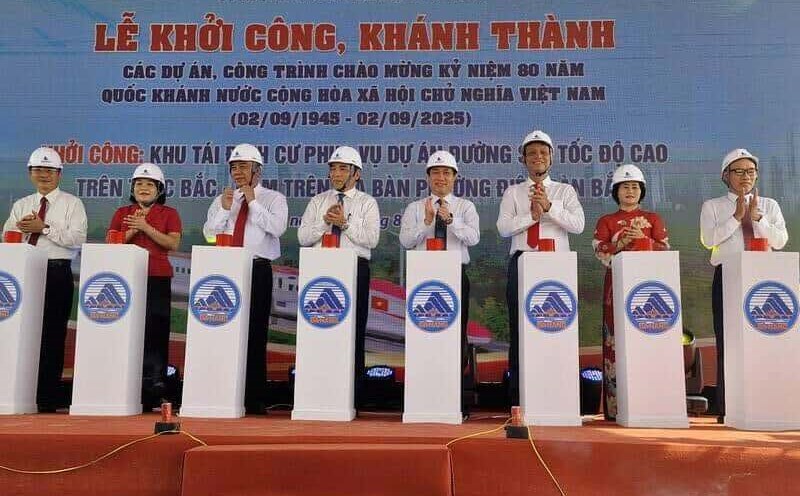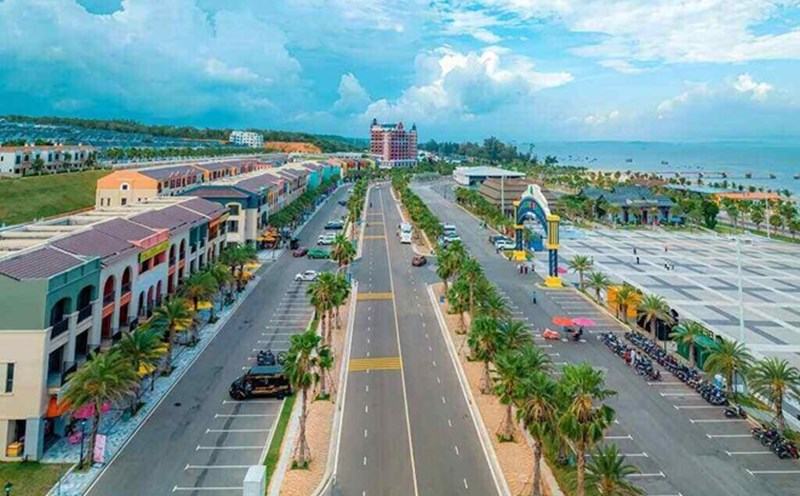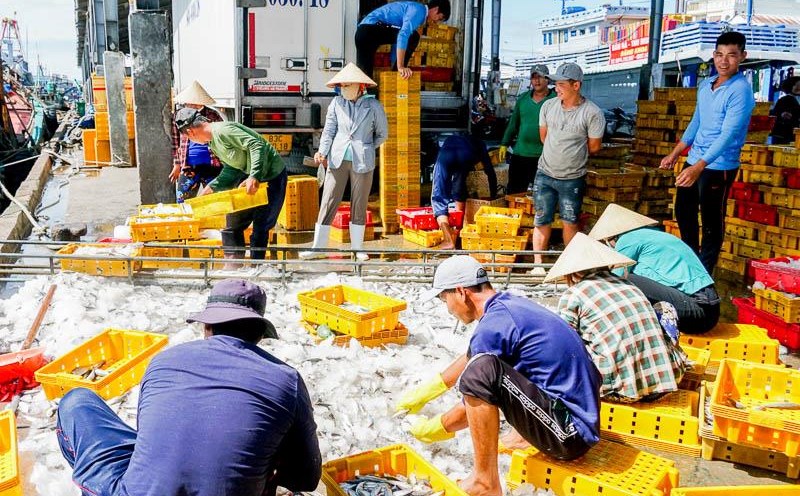Human resources, the key to mastering technology
On the afternoon of August 20, the University of Transport held an international conference on "Modern technology in the design, construction, operation and exploitation of high-speed railways".
In his opening speech, Associate Professor, Dr. Nguyen Van Hung, President of the University of Transport, emphasized that in the context of Vietnam entering the preparation stage for the historic North-South high-speed railway project, access to international technologies, standards and experiences is the key to shortening the gap and making a breakthrough. However, no matter how modern technology is, it requires people to be knowledgeable, mastering and creative in every stage of design, construction, operation and exploitation.
Mr. Le Trung Thanh - Director of the Department of Science and Technology (Ministry of Construction) also emphasized: "High-speed railway is the largest project ever. The most important thing is human resources from design, construction, operation, and manufacturing of equipment to standards and regulations management.
According to Mr. Thanh, in addition to learning from experience from France, Korea or China - countries that have developed thousands of kilometers of high-speed railways, Vietnam must pay special attention to training the younger generation of engineers. This will be the main force to master technology, localize equipment and build a high-speed railway system in accordance with international standards.

International experience and lessons for Vietnam
International experts attending the workshop brought valuable experiences. Dr. Kim Gyeng Chul - Former President of the Korea Transport Institute (KOTI) shared that Korea initially received the technology transfer from France, but later became 70% autonomous. He believes that Vietnam can completely develop ships at a speed of 350 km/h if it is selective and builds a small and medium-sized enterprise ecosystem, bearing the strong mark of Vietnam.
Through research on China, Dr. Kim noted that this country has limited the proportion of foreign capital to below 49% and maximized domestic enterprises, so that from 2017 it can produce self-reliant high-speed ships. He recommended that Vietnam should set clear boundaries, master technology and maintain its own identity.
He also emphasized the trend of developing green technology: wireless power transmission, operation using hydrogen fuel for short-distance routes, combined with regenerative power recovery. These are orientations that Vietnam should integrate from the beginning to improve sustainability.
According to Associate Professor, Dr. Nguyen Hong Thai, University of Transport, international experience shows that the role of the private sector is increasingly important in the development of high-speed railways, from investment, management, technology to services. Vietnam can attract the private sector to participate in infrastructure construction, maintenance, exploitation operations, and service development at stations, even satellite cities around stations. This not only reduces the budget burden but also creates tens of thousands of high-quality jobs.
Previously, according to a report by the Ministry of Construction, the North-South high-speed railway project alone could create more than 200,000 attractive jobs. Of which, the human resource demand for project management is 700 - 1,000 people, consulting 1,000 - 1,300 people, operating and exploiting nearly 13,880 people and the construction, manufacturing and production of materials and components sector has about 220,000 workers.
To meet this huge demand, about 88 million USD from the project budget will be spent on training: 8 million USD to train state management agencies; 4 million USD to improve lecturer qualifications; 36 million USD to provide scholarships to students in specific majors such as metal farming, mechanical engineering, automation, artificial intelligence; and 40 million USD to build shared laboratories for research and development.
According to the plan, the North-South high-speed railway project is 1,541 km long, 1,435 mm in gauge, with a design speed of 350 km/h, and a total estimated investment of about 67.34 billion USD.









